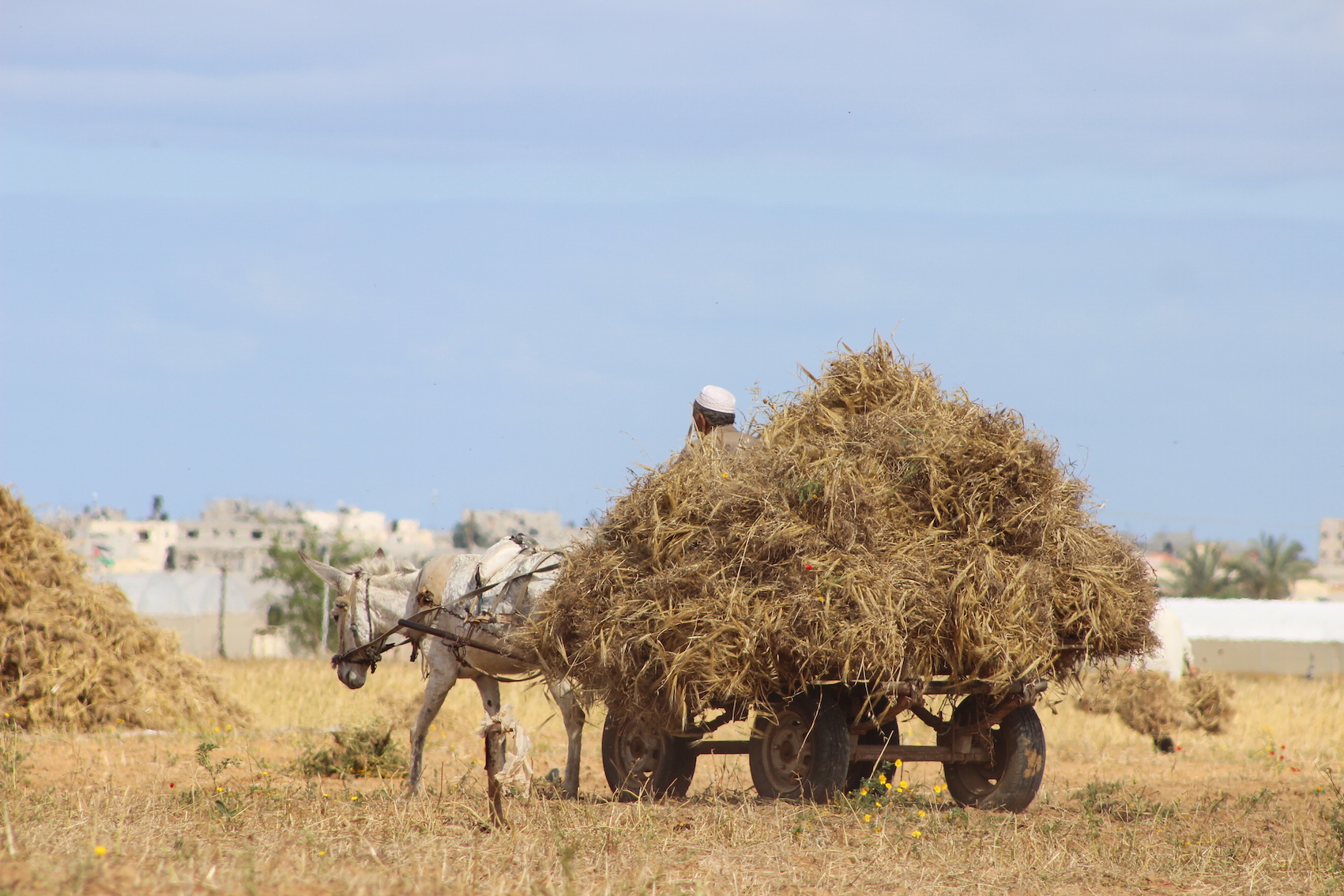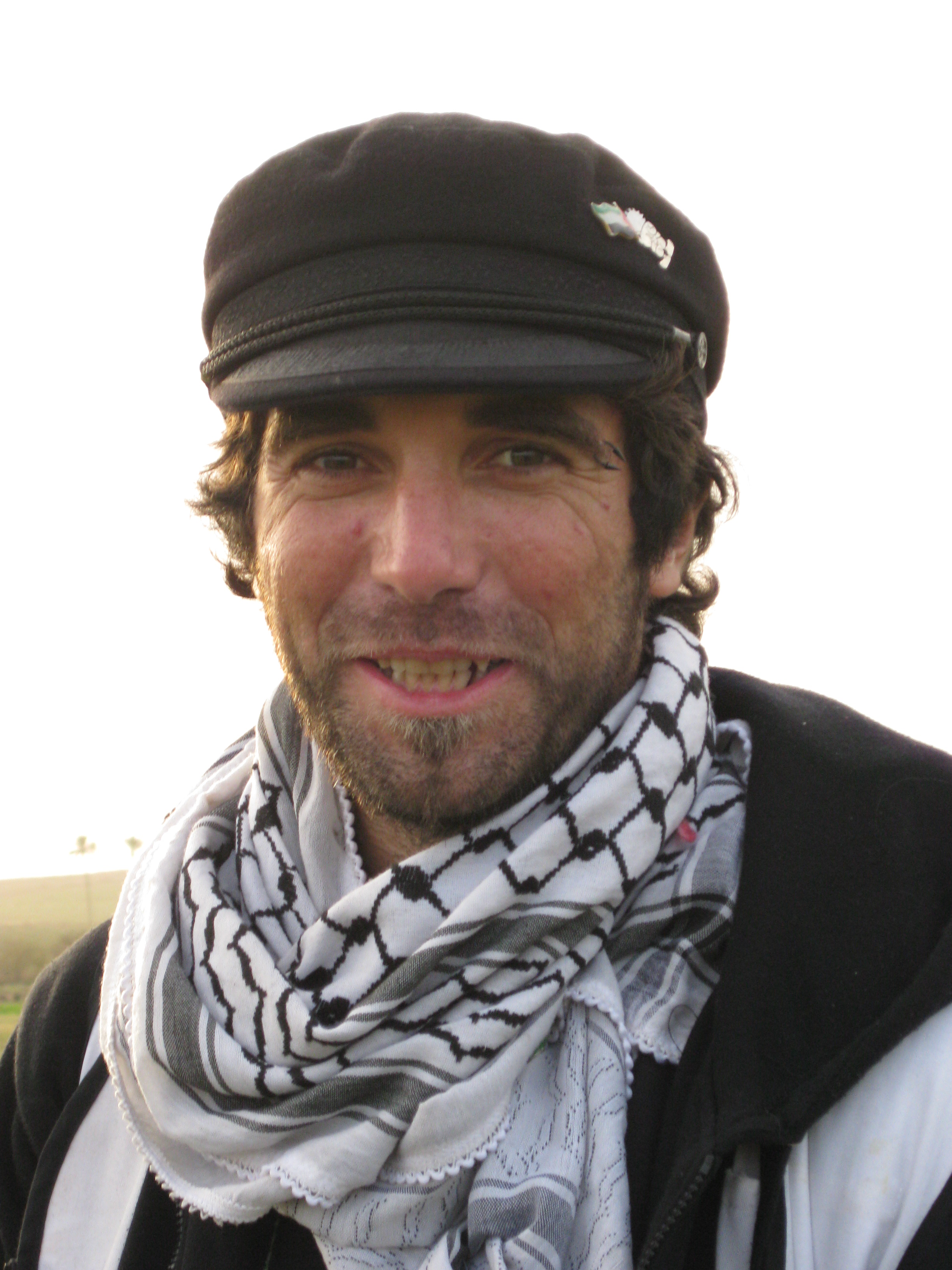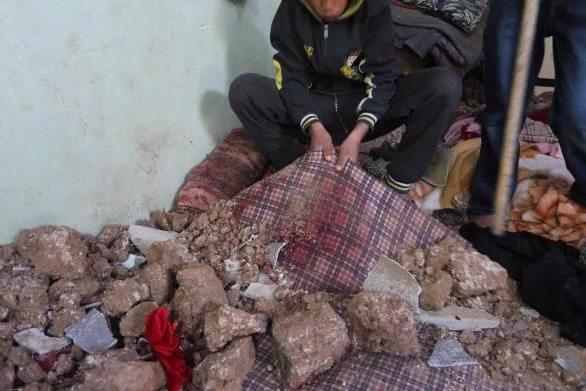Tag: Gaza Siege
-
Israeli Forces shoot at family harvesting crops on their land
2nd May 2016 | International Solidarity Movement, Gaza team | Gaza, occupied Palestine After more than six months risking their lives while ploughing, planting seeds and weeding their land, and after investing a large amount of money on seeds and on renting a tractor, the Qudaih family from the village of Khuzaa were finally ready to start harvesting their barley and…
-
Five year anniversary of the death of Vittorio Arrigoni
18th April 2016 | International Solidarity Movement, al-Khalil team | Gaza, occupied Palestine Last Thursday 14th April marked four years since the disappearance of Vittorio Arrigoni in Gaza, under the Israeli blockade. According to subsequent statements and investigations carried out by Hamas, ISM activist Vittorio’s body was discovered the following day, having been kidnapped and…
-
Israeli airstrike kills 10 year old boy and injures others in Gaza
12th March 2016 | International Solidarity Movement, Al-Khalil Team |Ma’an, Occupied Gaza ******** Update Isra Abu Khosa, 6 year old sister of Yassin Abu Khusa, has died from the injuries she sustained in the bombing raid on Gaza by Israeli forces on Friday. ******** Children were the latest victims of last nights continued assault on besieged Gaza…



